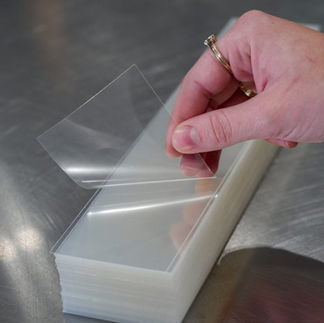Lane Cake: Layer Cakes
- The Bendy Baker

- Sep 1, 2024
- 2 min read
Updated: Jun 13
My friend Dana sent me a text message not that long ago saying "this looks like a cake you should make". I agreed with a "Yum!" and found myself wondering about why the author of this recipe chose the method she did for making the cake layers.
I had a vague recognition of this cake but couldn't quite place it, so researched it a bit and realized the connection while I was seeing an excellent adaptation of Harper Lee's classic in May of this year. According to Josh Miller from his article in Southern Living,
Lane Cake was the brainchild of Emma Rylander Lane of Clayton, Alabama, who entered her creation in a baking competition at the county fair in Columbus, Georgia, more than 100 years ago. She named her recipe "Prize Cake." The judges took note and awarded her first place.
Rylander’s recipe for Prize Cake appeared in a book she published in 1898, Some Good Things To Eat. Rylander’s version called for raisins and a "boiled” frosting." Another Alabamian, author Harper Lee, immortalized the Lane Cake in her 1960 masterpiece To Kill A Mockingbird, when her main character, Scout, referred to a neighbor’s Lane Cake as "so loaded with shinny it made me tight."
I have no reservations at all about tackling layer cakes but know some do. Why put in that extra baking and construction effort? Here are a few reasons:

They offer excellent proportion of frosting or filling to cake
The basic idea of layer cake allows for an incredible range of cake types, fillings, frostings, icings, added textures to play with - versatility
They run the gamut from fairly simple to outrageously complex with alternating cake and icing or filling layers
They are visually very impressive when done well
After you decide to make a layer cake you might just do what you know, but there are a few different ways to tackle the layers. Baking each layer separetly in pans, baking one or more in pans and then slicing and trimming. The author of this recipe uses a lipped sheet pan and cake ring. Ever try that?
There are a few advantages. The shallow depth means a faster bake, there is less doming in a sheet pan and results in more flat areas, use of a cake ring to cut the circles makes for a cleaner edge and a more dramatic result. I've used acetate strips to build naked layer cakes and have skipped that step - using them makes a cleaner edge.
Not everyone agrees, however. If you have access to the NY Times cooking content and can look at the comments for this recipe you'll see people asking "why?" when it comes to using special tools.
No matter how you approach this recipe, I will tell you it offers great bourbon flavor, delicious and chewy custard filling and tender cake layers.
Give it a try, and Happy Bendy Baking!


















Sounds delicious - especially with added dried fruit! That's a brilliant substitution. I'm one of those who are a bit intimidated by a layer cake. I make a Bavarian torte fairly often but have mixed success with the layers. Sometimes they are too fluffy and sometimes too flat to make pretty layers. Might have to experiment with the sheet pan method. Those acetate strips look beyond my ability.
I am fortunate enough to have tasted the cake in the picture. It is delicious, moist, and boozy. Give it a try!